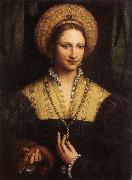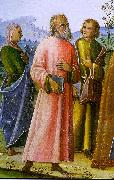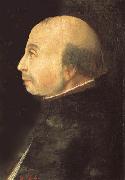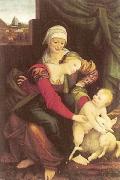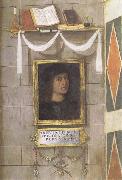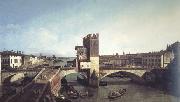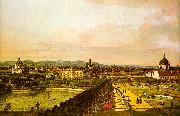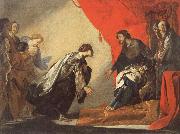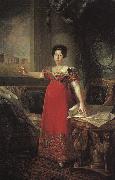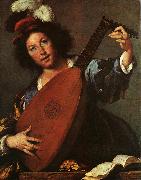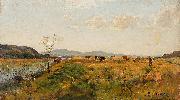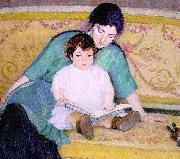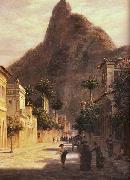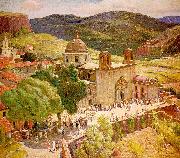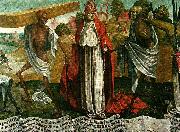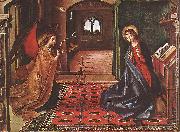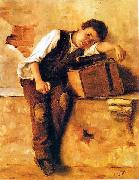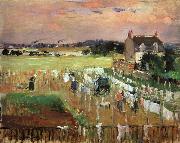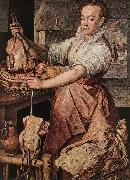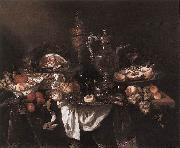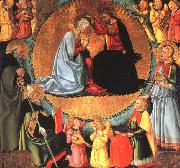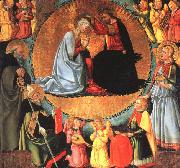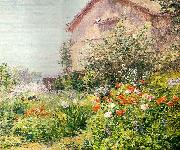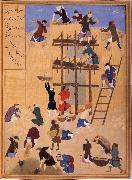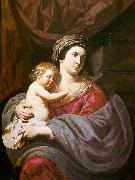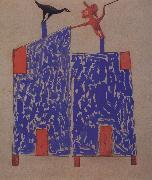|
|
|
|
|
|
|
|
|
|
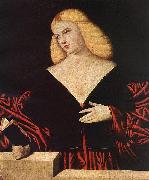 |
Bernardino Licinio
|
|
(c. 1489 - 1565) was an Italian High Renaissance painter of Venice and Lombardy. Born in Poscante (Bergamo). He mainly painted portraits and religious canvases.
|
|
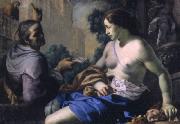 |
Bernardino Mei
|
|
(1612/15 - 1676) worked in a Baroque manner in his native Siena and in Rome, finding patronage above all in the Chigi family.
Briefly a pupil of the Sienese draughtsman and cartographer Giuliano Periccioli, where he learned the art of engraving, Bernardino passed to the studio of the painter Rutilio Manetti and probably also served in the workshop of Francesco Rustici.
He painted in and around Siena, where his work came to the attention of Cardinal Fabio Chigi, who, once elected pope as Alexander VII (1655), called Bernardino Mei to Rome in 1657. There Bernardino came under the influences of Mattia Preti, Andrea Sacchi and Pier Francesco Mola, and of Guercino, to the extent that until the 20th century Bernardino's fresco of Aurora in Palazzo Bianchi Bandinelli was attributed to Guercino himself. Through the fast friendship that bonded him to Gian Lorenzo Bernini, whose studio he frequented, he applied that sculptor's sense of theatrical action to his own mythological and allegorical subjects. He died in Rome in 1676.
|
|
|
|
|
|
|
|
|
|
|
|
|
|
|
|
|
|
|
|
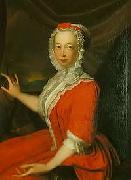 |
Bernardus Accama
|
|
(1697, Burum? - 1756, Leeuwarden) was an eighteenth century Dutch historical and portrait painter, born in Friesland. Active in Leeuwarden.
|
|
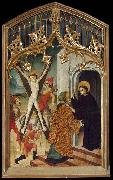 |
Bernat Martorell
|
|
was a Spanish painter, working in an Early Renaissance style. Little is known of his life prior to 1427, though by the mid 15th century he was one of the leading artists in Catalonia.
|
|
|
|
|
|
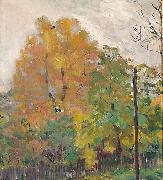 |
Bernhard Folkestad
|
|
1879 - 1933) was a Norwegian essayist and painter. He was born in London, where his father assisted at the Norwegian Seamen Mission. Among his painting teachers were Kristian Zahrtmann and Laurits Tuxen. His paintings Mørkeloftet from 1905, and Høns i høstsol and Grønnsaker from 1906 are all located in the National Gallery of Norway. Among his books are Svingdøren from 1926, Sol og morild from 1929, and Gullfisken from 1933. |
|
|
|
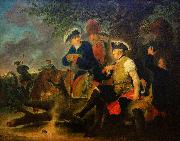 |
Bernhard Rode
|
|
Bernhard Rode (25 July 1725 - died 28 June 1797) was a Prussian artist and engraver well-known for portraying historical scenes and allegorical works. He knew most of the central figures in the Berlin Enlightenment as Friedrich Nicolai and Gotthold Lessing, and the philosophical and political discussions of the Berlin Philosophs informed much of the subject matter of his artistic work. His paintings include several works depicting, in various guises, the King of Prussia Frederick the Great, who ruled the Prussia during much of Rode's lifetime. Rode was director of the Berlin Academy of the Arts from 1783 until his death in 1797.
Rode was the son of a goldsmith Christian Bernhard Rode and his wife, Anna Sophie. The copper engraver Johann Heinrich Rode and the sculptor Philipp Rode were his brothers. He received his earliest artistic training from his father and his earliest training in drawing from a painter, N. Meller. His four-year education at the studio of the court painter Antoine Pesne, an influential painter in Berlin and Brandenburg, was important to his professional development. During his apprenticeship, he learned to paint portraits. In 1748, Rode began a study trip of several years. He spent 18 months in the studio of Jean Restout and Charles Andre van Loo (sometimes known as Carle van Loo or Vanloo). He became acquainted with Jean-Baptiste Deshayes and developed his talent and interest in the medium of history painting. In Venice and Rome, he studied the old masters. In 1755 or 1756, he returned to Berlin, and he married Sophie Luise, but the earliest years of their marriage remained childless. |
|
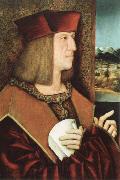 |
bernhard strigel
|
|
Bernhard Strigel (c. 1461 ?C 1528) was a German portrait and historical painter of the Swabian school, the most important of a family of artists established at Memmingen. He was born at Memmingen and was probably a pupil of Zeitblom at Ulm. He stood in high favor with the Emperor Maximilian I, in whose service he repeatedly journeyed to Augsburg, Innsbruck, and Vienna. |
|
|
|
|
|
|
|
|
|
|
|
|
|
|
|
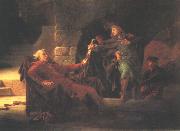 |
Bertalan Szekely
|
|
(May 8, 1835 - August 21, 1910) was a Hungarian Romantic painter of historical themes. "The Discovery of Louis II's Dead Body", "Women of Eger", "Battle of Mohe - s", "Ladislas V" are among the most important of his historical paintings. Szekely is also known for his many murals.
|
|
|
|
|
|
|
|
|
|
 |
Bessie Wheeler
|
|
Bessie Wheeler was a painter about whom little is known, other than that she was born in 1876. She painted portraits of people encountered on the streets of Honolulu around 1900. She contributed illustrations to Thrum's Hawaiian Annual and was a member of the Kilohana Art League. |
|
|
|
|
|
|
|
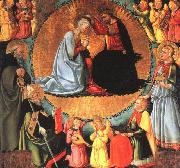 |
Bicci Di Neri
|
|
(1419-1491) was an Italian painter of the Renaissance. A prolific painter of mainly religious themes, he was active mainly in Florence and in the medium of tempera. His father was Bicci di Lorenzo. His grandfather, Lorenzo di Bicci was also a painter in Florence, a pupil of Spinello Aretino.
Neri di Bicci's main works include a St. John Gualbert Enthroned, with Ten Saints for the church of Santa Trinita, an Annunciation (1464) in the Florentine Academy, two altarpieces in the Diocesan Museum of San Miniato, a Madonna with Child Enthroned in the Pinacoteca Nazionale of Siena, and a Coronation of the Virgin (1472) in the abbey church at San Pietro a Ruoti (Bucine. He also painter numerous works in the area of Volterra.
His journals from the years 1453-1475, including the rates of remuneration for his work, are still preserved in the library of the Uffizi Gallery. They are known as Ricordanze.
|
|
|
|
|
|
|
|
|
|
 |
Bierstadt, Albert
|
|
The landscape painter
Bierstadt joined a surveying expedition to the western United States in 1858 after studying painting in Germany. |
|
|
|
|
|
 |
BIJLERT, Jan van
|
|
Dutch painter, Utrecht school (b. 1597/98, Utrecht, d. 1671, Utrecht) |
|
|
|
|
|







